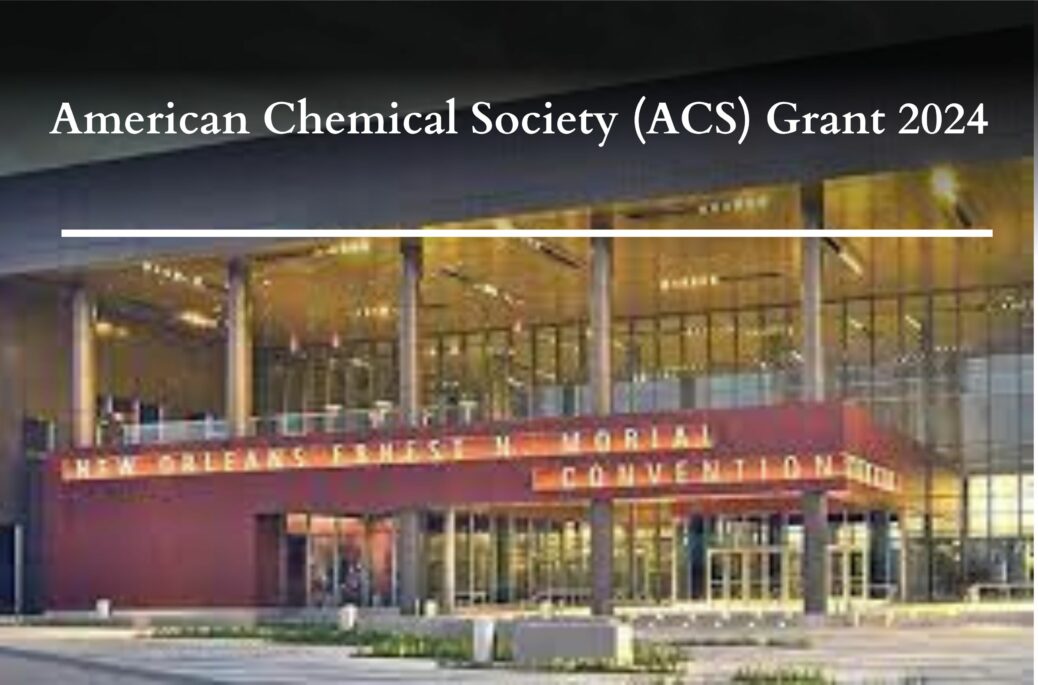The American Chemical Society (ACS) is a scientific society based in the United States that supports scientific inquiry in the field of chemistry. Founded in 1876 at New York University, the ACS currently has more than 155,000 members at all degree levels and in all fields of chemistry, chemical engineering, and related fields. It is one of the world’s largest scientific societies by membership. The ACS is a 501(c)(3) non-profit organization and holds a congressional charter under Title 36 of the United States Code. Its headquarters are located in Washington, D.C., and it has a large concentration of staff in Columbus, Ohio.
The ACS is a leading source of scientific information through its peer-reviewed scientific journals, national conferences, and the Chemical Abstracts Service. Its publications division produces over 60 scholarly journals including the prestigious Journal of the American Chemical Society, as well as the weekly trade magazine Chemical & Engineering News. The ACS holds national meetings twice a year covering the complete field of chemistry and also holds smaller conferences concentrating on specific chemical fields or geographic regions. The primary source of income of the ACS is the Chemical Abstracts Service, a provider of chemical databases worldwide.
The ACS has student chapters in virtually every major university in the United States and outside the United States as well. These student chapters mainly focus on volunteering opportunities, career development, and the discussion of student and faculty research. The organization also publishes textbooks, administers several national chemistry awards, provides grants for scientific research, and supports various educational and outreach activities.
The American Chemical Society has announced a grant this year. This award will provide funding to early or mid-career investigators (Associate+) to spend 6-12 months in the laboratory of a private company, a national laboratory, or an academic laboratory in a different institution, with the goal of establishing robust collaborations across industry-academia or across disciplines and taking advantage of the mentorship of a faculty member distinct from their prior mentors.
Location:
United StatesBenefits
- Funds will be provided for travel, accommodation and laboratory supplies.
Eligibilities
To apply applicants must:
- Hold a current faculty position at a U.S. Ph.D.-granting institution of higher education
- Have a sabbatical planned (not necessarily approved) that will start within the next 12-18 months
- Have identified opportunities for a sabbatical position in a company, national lab, or institution other than the applicants’ own where they will be able to receive training and experience in a new research direction that will allow them to pursue interdisciplinary research and teaching directly related to green and sustainable chemistry.
To accept the award, applicants must commit to:
- Participate in a teacher-training workshop in green chemistry.
- Teach either one undergraduate or graduate course in green chemistry and sustainability, or a chemistry course that explicitly incorporates green chemistry in their faculty post.
Application Process
Applicants will need the following:
- Title of Proposed Research: 250 characters maximum.
- Abstract: The abstract must be 250 words or less.
- Sustainability Teaching Plans: Provide a 200-word statement that describes their plans for teaching courses that incorporate or focus on some or all aspects of green and sustainable chemistry.
- Sustainability Impact: Provide a 200-word statement that succinctly explains the impact of their research on (a) a fundamental toolset of green chemistry and (b) UN Sustainable Development Goals.
- Research Technical Proposal: A 2-page research statement that describes their most significant research contributions to-date; (b) their research plan for their sabbatical and (c) a statement that clearly describes how their sabbatical research and training will influence their ability to pursue new areas of research that contribute to green and sustainable chemistry. It is a single PDF file (to be uploaded as part of their application), with text body double-spaced, in 12-point font (Times Roman, Arial, or Courier) with 1-inch margins, and pages numbered in the footer.
- CV: As a single PDF file to be uploaded as part of their application.
Application Deadline: November 15, 2023
Application ClosedOfficial link









